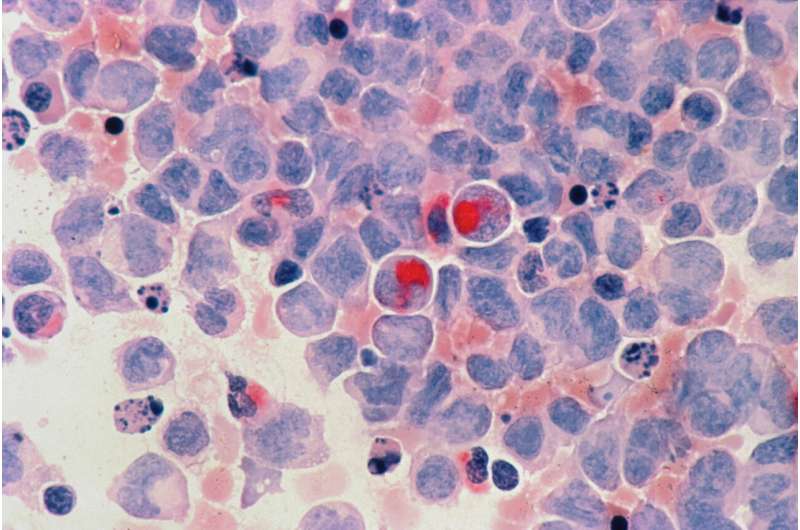Single-Cell Atlas Uncovers Hidden Differentiation Patterns in Acute Myeloid Leukemia

Researchers at the Princess Margaret Cancer Center, part of the University Health Network, have developed a comprehensive single-cell atlas of human blood development, advancing our understanding of leukemia development and enabling more precise classification of acute myeloid leukemia (AML). This large-scale study addresses longstanding challenges in AML research, where diverse and unstable cell populations complicate diagnosis and treatment. Despite previous efforts to explore how genetic mutations disturb blood cell development, the full picture remained elusive, particularly how these disruptions vary across patients.
Using single-cell RNA sequencing (scRNA-seq), which allows detailed profiling of individual cell identities, the researchers constructed an extensive reference map of normal hematopoiesis from 263,159 cells in samples from 45 healthy donors. They then analyzed over 1.2 million cells from 318 AML patient samples against this baseline, classifying cellular states and uncovering genetic and developmental patterns.
The analysis identified 55 distinct hematopoietic cell states, and all leukemia cells were mapped onto these states. Broader differentiation states, totaling 13, were derived to facilitate comparative analysis. The study revealed 12 recurrent differentiation patterns across patient samples, highlighting disruptions in early development and lineage biases toward myeloid, lymphoid, or erythroid fates. Notably, primitive stem-like differentiation was more prevalent in adult AML cases, while pediatric AML often showed monocytic differentiation.
The study also linked over 45 mutations to specific differentiation trajectories, yet observed that cells sharing the same genetic driver could display varying differentiation landscapes. Early lymphoid and erythroid differentiation signatures were identified even in AML cases thought to have normal karyotypes. Importantly, a subset of adult AML patients with leukemia cells resembling early lymphoid progenitors faced a significantly higher risk of mortality, with increased proportions correlating with a 65% higher death risk. Conversely, cells showing early erythroid traits were associated with a lower risk.
In laboratory drug testing, leukemia cells with strong lymphoid features responded more effectively to multiple treatments, especially receptor tyrosine-kinase inhibitors, including midostaurin, which showed promise even outside its usual mutation target. These insights into cell states and differentiation pathways have the potential to enhance patient stratification, refine diagnostic boundaries, and inform personalized therapies, ultimately improving outcomes for AML patients.
This groundbreaking work underscores the importance of detailed cellular mapping in understanding leukemia heterogeneity and identifying novel therapeutic vulnerabilities.
Stay Updated with Mia's Feed
Get the latest health & wellness insights delivered straight to your inbox.
Related Articles
U.S. Health Officials Disinvite Major Medical Organizations from CDC Vaccine Advisory Groups
Major U.S. medical organizations, including the AMA and AAP, have been disinvited from CDC vaccine advisory workgroups, raising concerns about transparency and public trust in vaccine policymaking.
Lilly's Promising New Obesity Medication Demonstrates Safety and Effectiveness in Clinical Trials
Lilly's new oral obesity medication has shown promising results in clinical trials, with significant weight loss and no major safety concerns, positioning it as a potential game-changer in obesity treatment.



